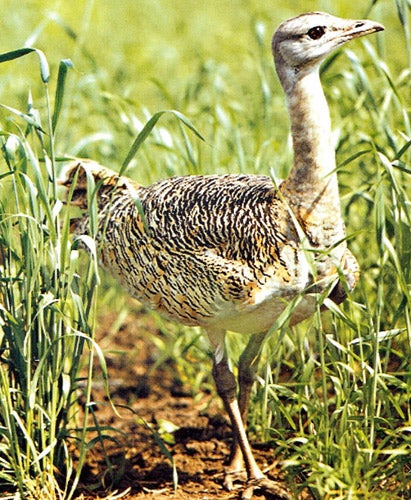EU grant to bring back Great Bustard

Your support helps us to tell the story
From reproductive rights to climate change to Big Tech, The Independent is on the ground when the story is developing. Whether it's investigating the financials of Elon Musk's pro-Trump PAC or producing our latest documentary, 'The A Word', which shines a light on the American women fighting for reproductive rights, we know how important it is to parse out the facts from the messaging.
At such a critical moment in US history, we need reporters on the ground. Your donation allows us to keep sending journalists to speak to both sides of the story.
The Independent is trusted by Americans across the entire political spectrum. And unlike many other quality news outlets, we choose not to lock Americans out of our reporting and analysis with paywalls. We believe quality journalism should be available to everyone, paid for by those who can afford it.
Your support makes all the difference.The programme to return the great bustard, the world's heaviest flying bird, to breeding in Britain has been given a considerable lift by the European Union. An EU grant of more than £1.8m has been awarded to the Great Bustard Project, based on Salisbury Plain.
The project run by the Great Bustard Group (GBG), which began in 2004 with the release of chicks in southern Russia, came to fruition two years ago when the oldest males became sexually mature and mated, producing the first great bustard chicks to hatch in the wild in the UK since 1832.
Once common on grassland, the turkey-sized birds – weighing up to 50lb – were a target for hunters and egg-collectors and the species was driven to extinction in the UK.
The grant will provide 75 per cent of the project's costs.
"It will cover four new posts, new monitoring equipment and even a second release site," said the GBG director, David Waters.
Join our commenting forum
Join thought-provoking conversations, follow other Independent readers and see their replies
Comments